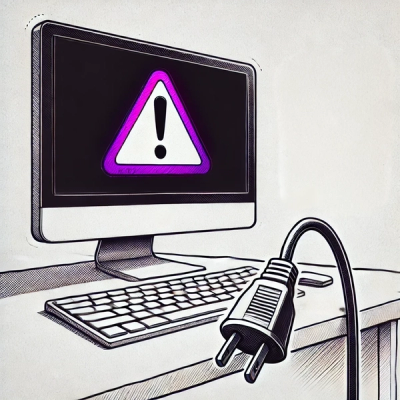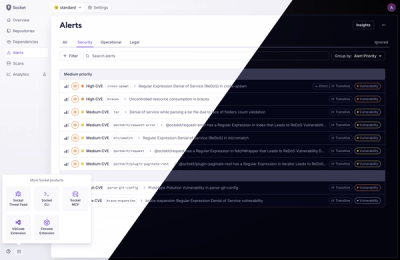
pipes

A library for performing data pipeline / ETL tasks in Go
The Go programming language's simplicity, execution speed, and concurrency support make it a great choice for building data pipeline systems that can perform custom ETL (Extract, Transform, Load) tasks. pipes is a library that is written 100% in Go, and let's you easily build custom data pipelines by writing your own Go code.
pipes provides a set of built-in, useful data processors, while also providing
an interface to implement your own. Conceptually, data processors are organized
into stages, and those stages are run within a pipeline. It looks something like:

Each data processor is receiving, processing, and then sending data to the next stage in the pipeline. All data processors are running in their own goroutine, so all processing is happening concurrently. Go channels are connecting each stage of processing, so the syntax for sending data will be intuitive for anyone familiar with Go. All data being sent and received is JSON, which provides for a nice balance of flexibility and consistency.
Getting Started
- Get pipes:
go get github.com/bradstimpson/pipes
While not necessary, it may be helpful to understand
some of the pipeline concepts used within pipes's internals: https://blog.golang.org/pipelines
Why would I use this?
pipes could be used anytime you need to perform some type of custom ETL. At bradstimpson we use pipes mainly to handle extracting data from our application databases, transforming it into reporting-oriented formats, and then loading it into our dedicated reporting databases.
Another good use-case is when you have data stored in disparate locations that can't be easily tied together. For example, if you have some CSV data stored on S3, some related data in a SQL database, and want to combine them into a final CSV or SQL output.
In general, pipes tends to solve the type of data-related tasks that you end up writing a bunch of custom and difficult to maintain scripts to accomplish.





